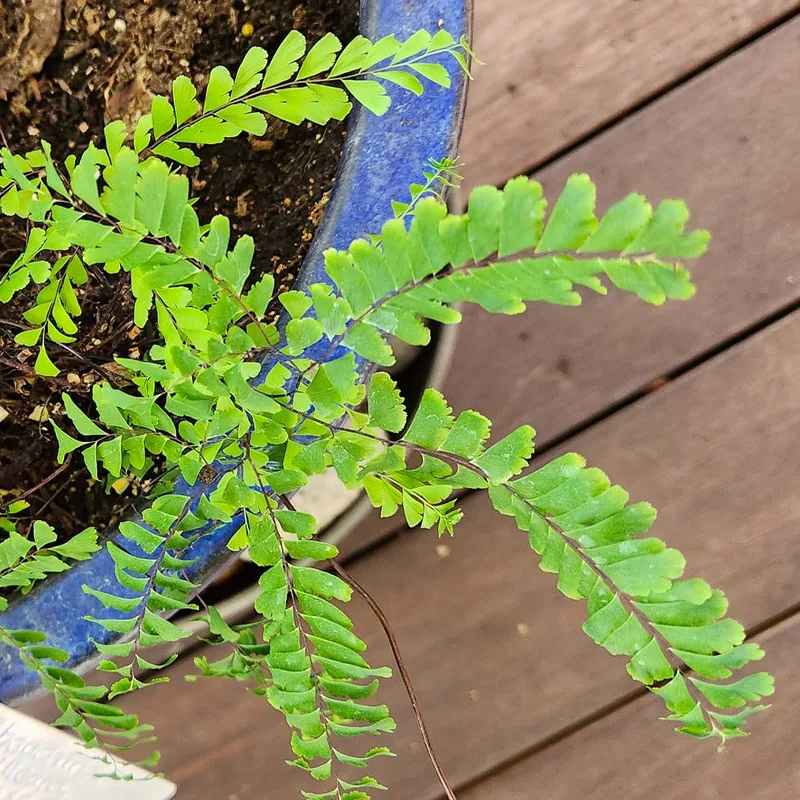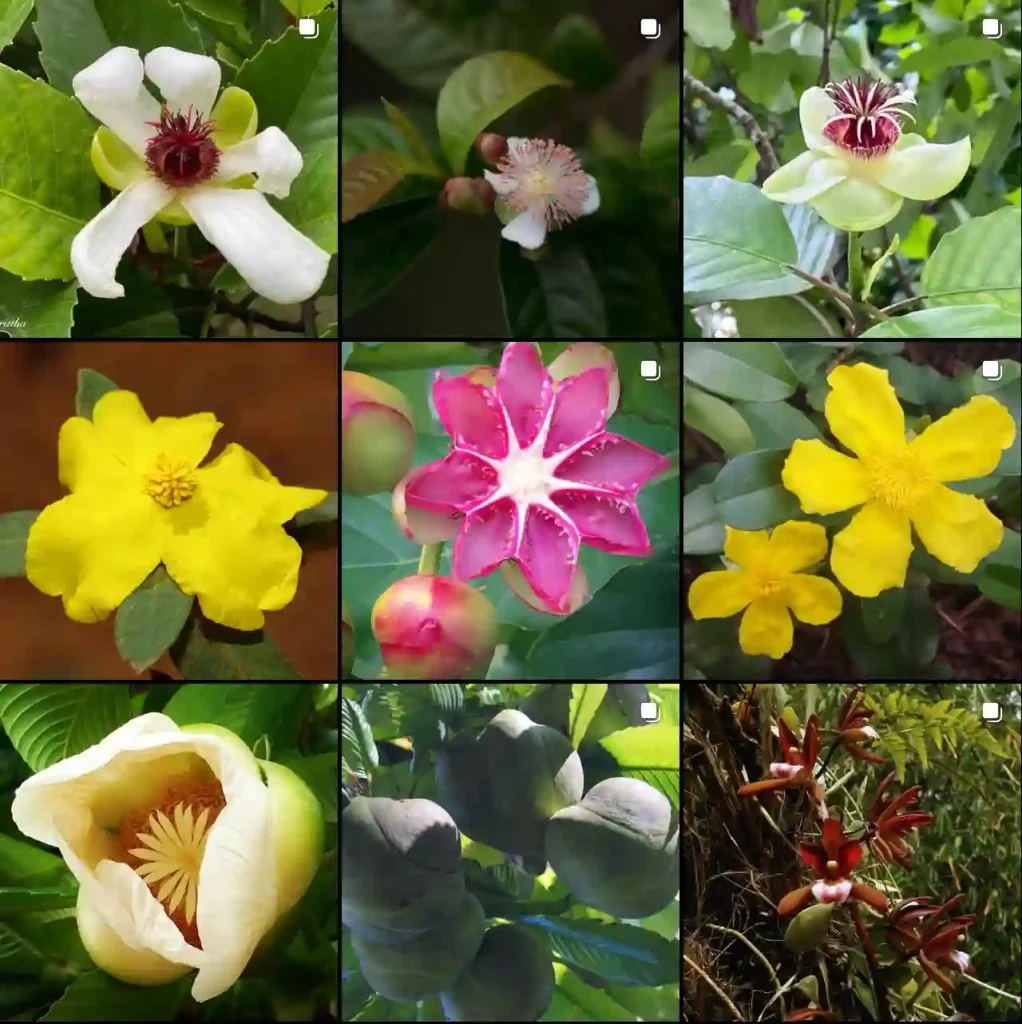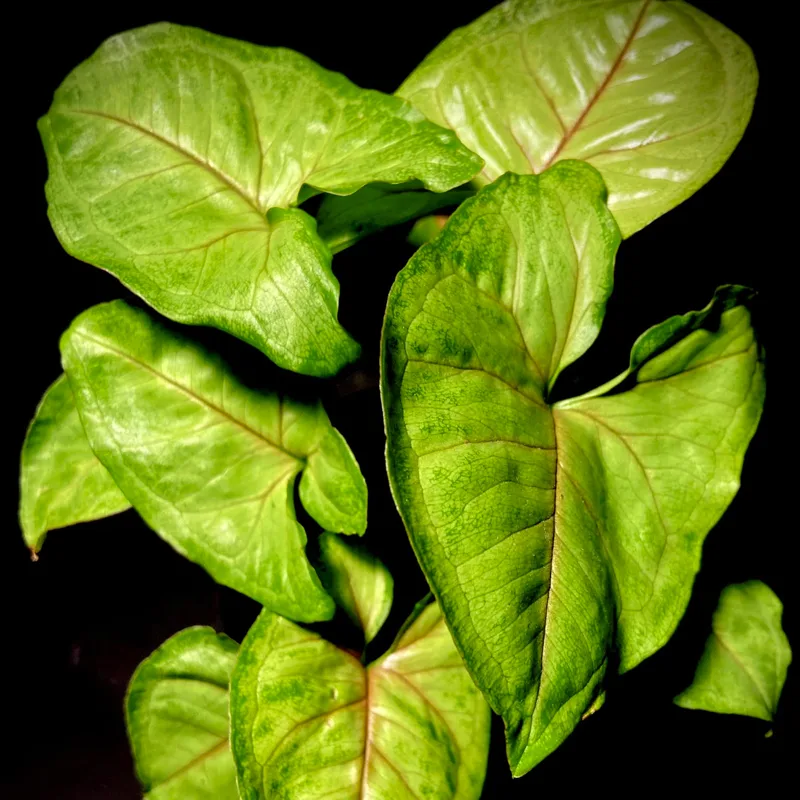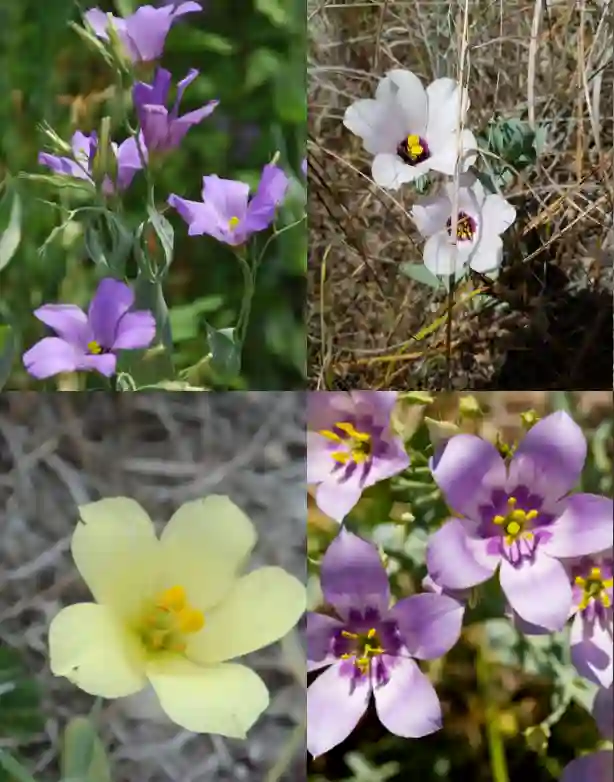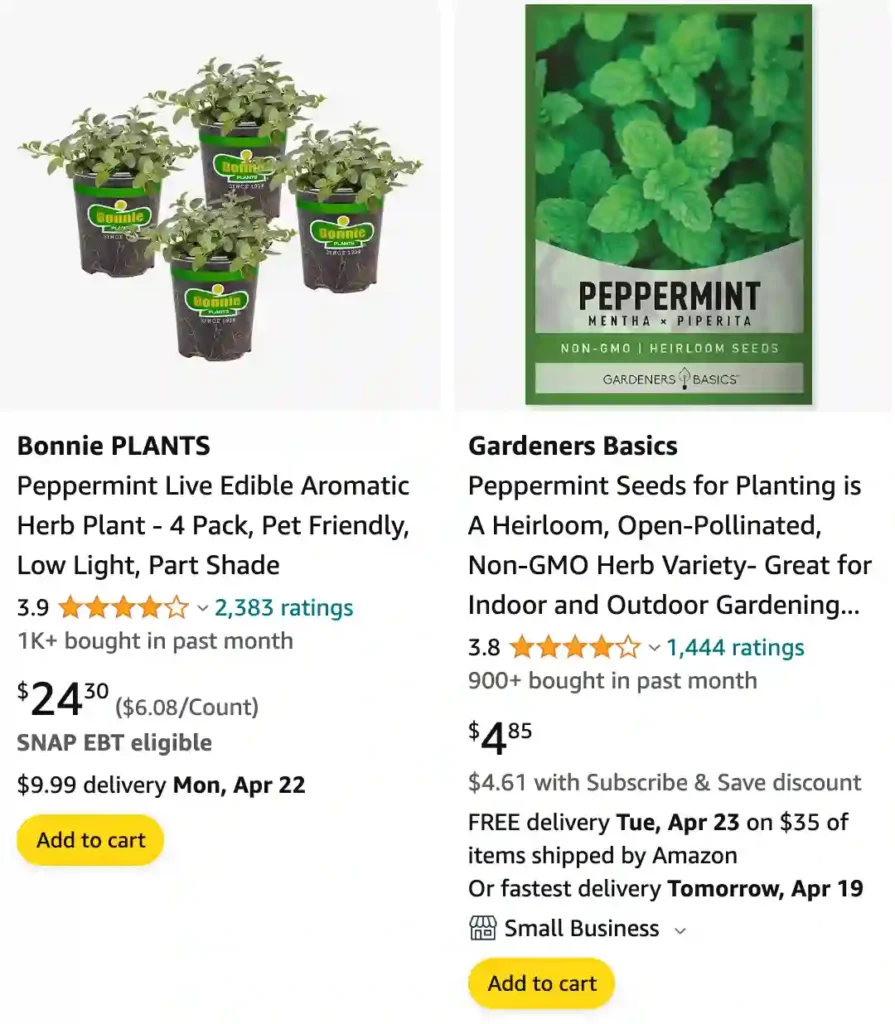
Peppermint – Mentha × Piperita: A Personal Take
When I think about peppermint (Mentha × piperita), I’m immediately transported to memories of its refreshing scent and countless uses. It’s not just a plant; it’s a versatile companion in my garden and daily life. From its soothing tea to its invigorating aroma, peppermint has carved a special place in my heart and home. Let me share my experiences with this remarkable herb.
39 Species in Genus Mentha – Mint Plant
Discovering Peppermint’s Charm
I first encountered peppermint during my early gardening days. Its vibrant green leaves, tinged with a hint of purple, caught my eye. But what truly captivated me was its unmistakable fragrance. One gentle rub of its leaves released a cooling aroma that felt like nature’s breath of fresh air.
As I planted peppermint, I learned it wasn’t just about aesthetics or aroma. This hybrid, a cross between watermint (Mentha aquatica) and spearmint (Mentha spicata), packs a punch when it comes to versatility. It thrives in moist soil with partial sunlight, making it a forgiving plant for beginners like me. However, I soon realized its vigorous growth required a bit of control. Without boundaries, peppermint tends to take over—asserting its dominance wherever it can.
A Culinary Companion
One of the joys of having peppermint in my garden is its role in my kitchen. Its crisp, slightly sweet flavor elevates both savory and sweet dishes. I’ve used it in everything from mojitos to homemade chocolates. But my favorite has to be peppermint tea. A handful of freshly plucked leaves steeped in hot water creates a soothing beverage that helps me unwind after a long day.
Peppermint also works wonders in savory dishes. I’ve experimented with adding chopped leaves to summer salads and yogurt dips. The result is always a refreshing twist that never fails to impress. The versatility of peppermint makes it an essential herb in my culinary adventures.
A Natural Healer
Beyond its culinary appeal, peppermint holds a reputation as a natural remedy. Its essential oil is known for relieving headaches, clearing sinuses, and soothing indigestion. I’ve often turned to peppermint tea for an upset stomach, finding it more comforting than over-the-counter alternatives. The menthol in peppermint also provides a cooling effect, which has come in handy for sore muscles and minor skin irritations.
One memorable moment was when I used peppermint oil to alleviate a headache. I diluted a drop in a carrier oil and applied it to my temples. The cooling sensation and invigorating scent worked like magic, easing my discomfort within minutes.
The Science Behind the Magic
Peppermint owes its properties to its unique chemical composition. It’s rich in menthol, menthone, and various flavonoids. These compounds contribute to its distinct flavor, aroma, and health benefits. Studies have shown that peppermint can aid digestion, reduce tension headaches, and even improve mental clarity. Knowing that science backs up what I’ve experienced firsthand only deepens my appreciation for this herb.
Peppermint in the Garden
Growing peppermint has been both a delight and a challenge. It’s a hardy plant that thrives with minimal care, but its invasive nature can be overwhelming. To manage its spread, I’ve taken to growing it in containers. This not only keeps it under control but also allows me to move it around the garden for optimal sunlight.
Peppermint’s presence in my garden has other perks too. Its strong scent deters pests, making it a natural companion plant for vegetables and flowers. Plus, the bees love its tiny purple blooms, adding a touch of life and vibrancy to the space.
A Part of My Daily Routine
Peppermint has become more than just a plant to me—it’s a part of my daily routine. Whether it’s sipping a warm cup of peppermint tea in the morning, adding a sprig to my water bottle for a refreshing twist, or using its essential oil for relaxation, this herb finds a way into my life every day.
Even during busy moments, the simple act of stepping into the garden, brushing against the peppermint leaves, and inhaling their aroma grounds me. It’s a reminder of nature’s simplicity and the small joys it offers.
FAQs
Is peppermint oil safe for dogs?
I’ve used peppermint oil around my dogs without issues, but I always make sure to dilute it heavily and keep it out of their reach to avoid any potential problems.
Is peppermint oil safe for cats? Can cats eat peppermint?
Peppermint oil seems too strong for my cats, so I never use it near them; I also avoid giving them peppermint since I’ve heard it can upset their stomachs.
What is peppermint tea good for?
Drinking peppermint tea helps me soothe my digestive system after a heavy meal and also relaxes me before bedtime.
Does peppermint oil repel mice?
In my experience, placing peppermint oil-soaked cotton balls around the house has been quite effective in keeping mice away.
Does peppermint tea have caffeine?
Peppermint tea is my go-to in the evenings since it’s caffeine-free and doesn’t interfere with my sleep.
How to make peppermint bark?
To make peppermint bark, I melt white and dark chocolate separately, layer them with crushed peppermint candies on top, and let it harden before breaking it into pieces.
Where to buy peppermint oil?
I usually buy my peppermint oil from local health stores, but it’s also easy to find online or at major retailers.
Does peppermint oil repel roaches?
I’ve found that using peppermint oil around baseboards and entry points helps to keep roaches at bay in my home.
How to make peppermint oil?
Making peppermint oil at home involves steeping fresh peppermint leaves in a carrier oil like olive oil for a few weeks, shaking it occasionally.
Does peppermint repel spiders?
Spraying a peppermint oil and water mixture around windows and doors has been a simple and effective way for me to deter spiders.
How to grow peppermint?
Growing peppermint in a pot has been straightforward for me; I just keep it in a sunny spot and water it regularly, ensuring it doesn’t spread uncontrollably in the garden.
Do ants like peppermint?
Sprinkling peppermint leaves or using peppermint oil in my kitchen has successfully kept ants away, as they seem to dislike the scent.
Do bees like peppermint?
I’ve noticed that bees generally avoid my peppermint plants, preferring other flowers in the garden.
How much sugar is in a peppermint?
The mints I have typically contain around one gram of sugar each, which I find makes them a sweet but not overly indulgent treat.
Is peppermint oil flammable?
I always keep peppermint oil away from open flames, as it is indeed flammable and needs to be handled with care.
Where to buy peppermint bark?
I’ve bought delicious peppermint bark from both specialty chocolate shops and larger retailers during the holiday season.
Do horses like peppermint?
From my experience, offering peppermint treats to horses has been a hit, as they seem to really enjoy the flavor.
How do you make peppermint vodka?
Making peppermint vodka involves infusing vodka with peppermint candies until they dissolve, creating a sweet and minty drink perfect for holiday cocktails.
Can i drink peppermint tea while intermittent fasting?
I find that peppermint tea is a great drink during intermittent fasting since it’s caffeine-free and has no calories, helping to keep me hydrated and refreshed.
Peppermint vs Spearmint
I’ve always found peppermint to have a sharper, more intense flavor compared to spearmint, which feels a bit milder and sweeter, making it a better choice for my tea blends when I want a more subdued taste.
Peppermint vs Mint
For me, peppermint stands out with its bold, cooling sensation, whereas regular mint, often more generic in flavor, doesn’t pack the same punch and sometimes gets lost in the mix when I’m making mojitos or ice cream.
Peppermint vs Green Tea
I enjoy green tea for its subtle, earthy notes that are perfect for a calming afternoon break, but when I want something with a zesty kick and a refreshing lift, peppermint tea is my go-to.
Peppermint vs Sweet Mint
Sweet mint is my favorite when I’m craving something with a hint of sweetness and less of the sharpness that peppermint brings, making it ideal for summer cocktails or light salads.
Conclusion
Peppermint (Mentha × piperita) isn’t just a plant—it’s a gift from nature that enriches my life in countless ways. From its culinary versatility to its healing properties, it’s a staple in my garden and beyond. For me, peppermint embodies the perfect balance of beauty, functionality, and a touch of magic. If you haven’t yet invited this incredible herb into your life, I wholeheartedly encourage you to give it a try. Trust me—it’s worth it.
If i die, water my plants!
